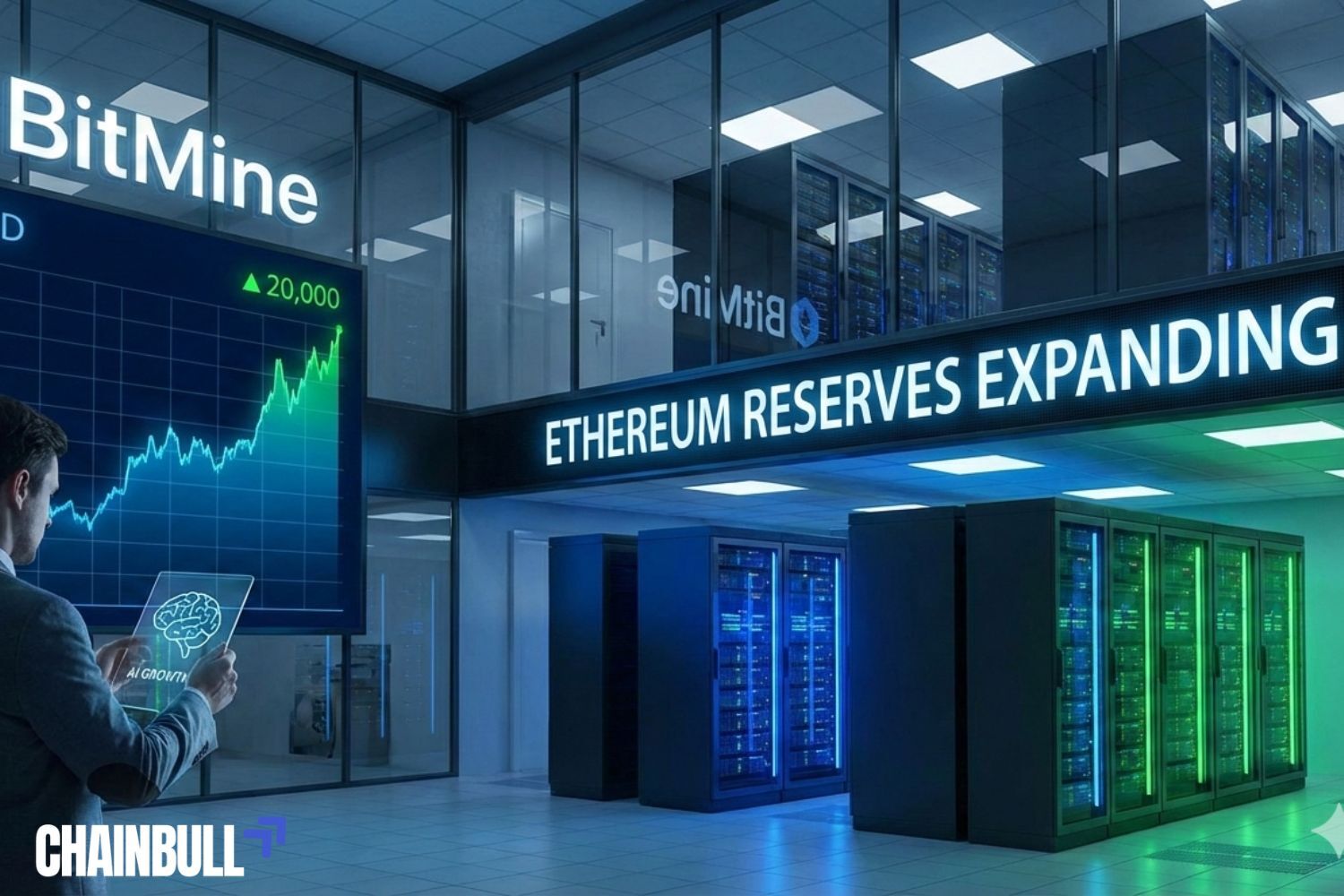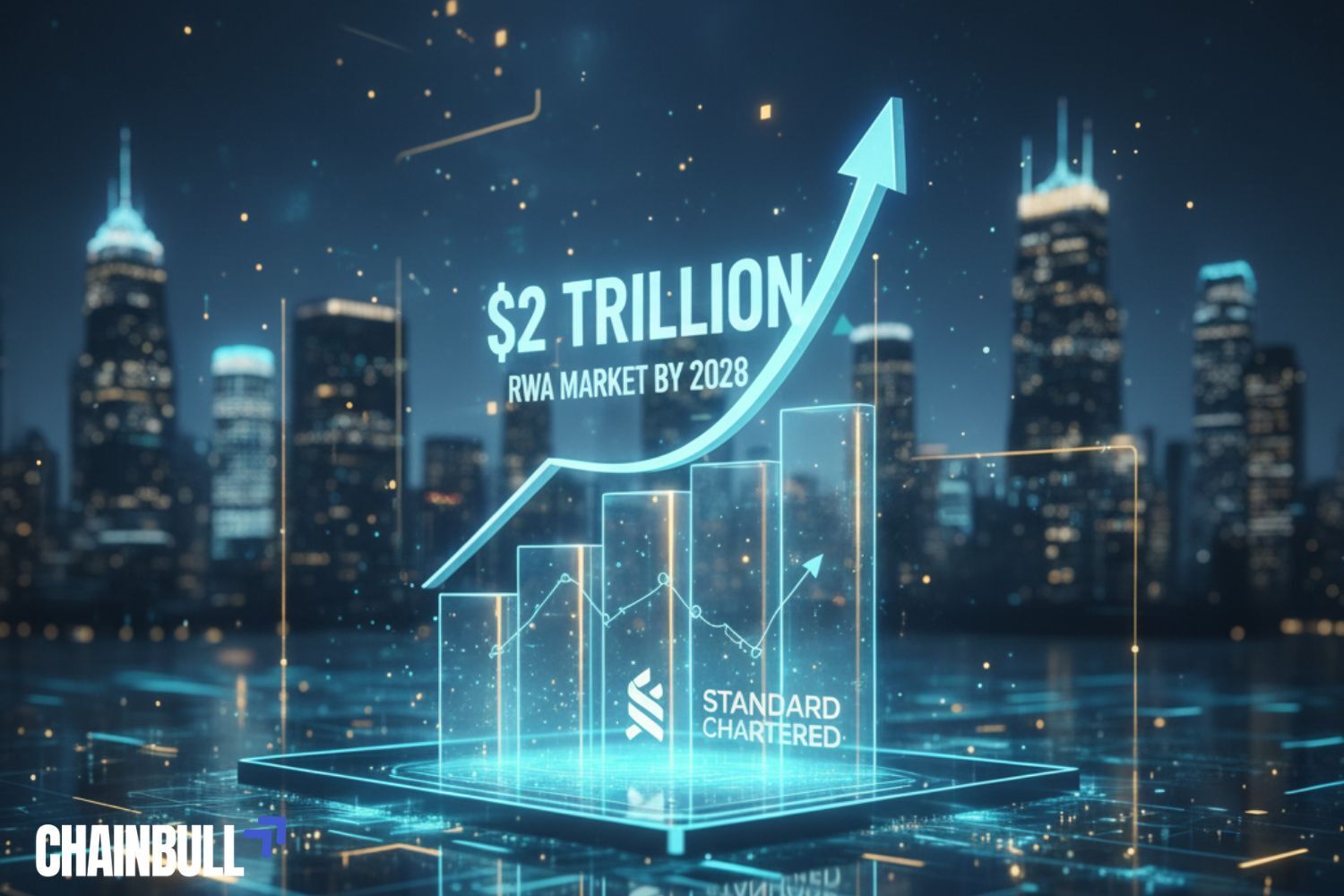

The market value of tokenized real-world assets (RWA) excluding stablecoins is estimated to hit $2 trillion by 2028, rising from roughly $35 billion as of now, as per Standard Chartered Bank. The prediction entails a staggering 5,600% increase over the next three years, signaling to the market how rapidly institutional players are embracing blockchain-based financial assets.
Geoffrey Kendrick, Standard Chartered’s head of digital assets research, noted that the introduction of stablecoins was a prerequisite for tokenizing various asset classes, as it increased on-chain liquidity and awareness. “Stablecoins have made lending and borrowing at scale possible and thus allowed money market funds, equities, and other asset classes to move on-chain”, Kendrick said in the report released on Thursday.
Kendrick declared that most tokenization work would be done on Ethereum as the latter has been up and running for 10 years without any major problems and is trusted by its users. He pointed out that “being the network with the largest effects and developer community is what really matters,” and that technology-wise, other chains being faster or cheaper does not count.
The paper sees the market for tokenized money market funds and listed equities each to be worth around $750 billion of the total $2 trillion market. There will be another $250 billion worth of tokenized funds, and the combined value of private equity, corporate debt, real estate, and commodities will likewise sum up to $250 billion. Kendrick’s figures are consistent with his earlier stablecoin market forecast, both in terms of magnitude and time, thus stressing the symbiotic growth of DeFi and tokenization.
Kendrick thinks that decentralized finance (DeFi) is moving out of strictly crypto-related use cases. “Stablecoins have established the three main pillars of wider DeFi expansion – awareness, liquidity, and fiat-pegged lending and borrowing,” he explained. Such a progression might actually enable tokenized RWAs to be traded on decentralized exchanges (DEXs), thus directly competing with local stock exchanges.
Furthermore, he pointed out that the expansion of DeFi has become an ongoing cycle where new products attract liquidity, and liquidity attracts new products. The recent U.S. legislation, such as the GENIUS Act, has, among other things, by providing regulatory clarity for stablecoins, sped up institutional adoption. Kendrick is certain that more realness will follow after the Digital Asset Market Clarity Act is passed, thus, a firm base for large-scale tokenization will be formed.
Crypto evolves every second—make sure you don’t miss a beat. Visit Chainbull for expert insights, detailed market breakdowns, and trusted updates from the world of blockchain and digital assets.
Enter your email → Get instant download.
